We’ve discussed two link building methods so far – Broken Link building and Link Baiting.
Now, we discuss resource page link building.
We have previously mentioned it in our broken link building article.
Now, let’s dive in and discuss it more into detail.
What is resource page link building? Is it an effective way to gain backlinks to your site or blog post? How do you do it?
We discuss all those, plus tips on how you can get your links added in the resource pages of sites.
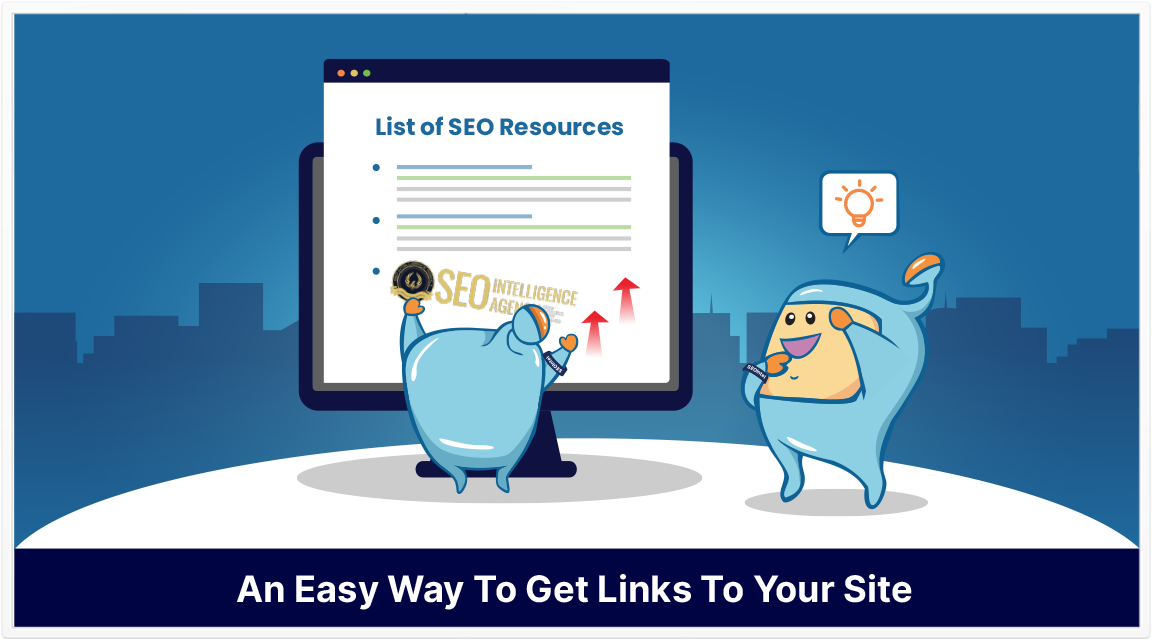
Here is what you will read in this article:
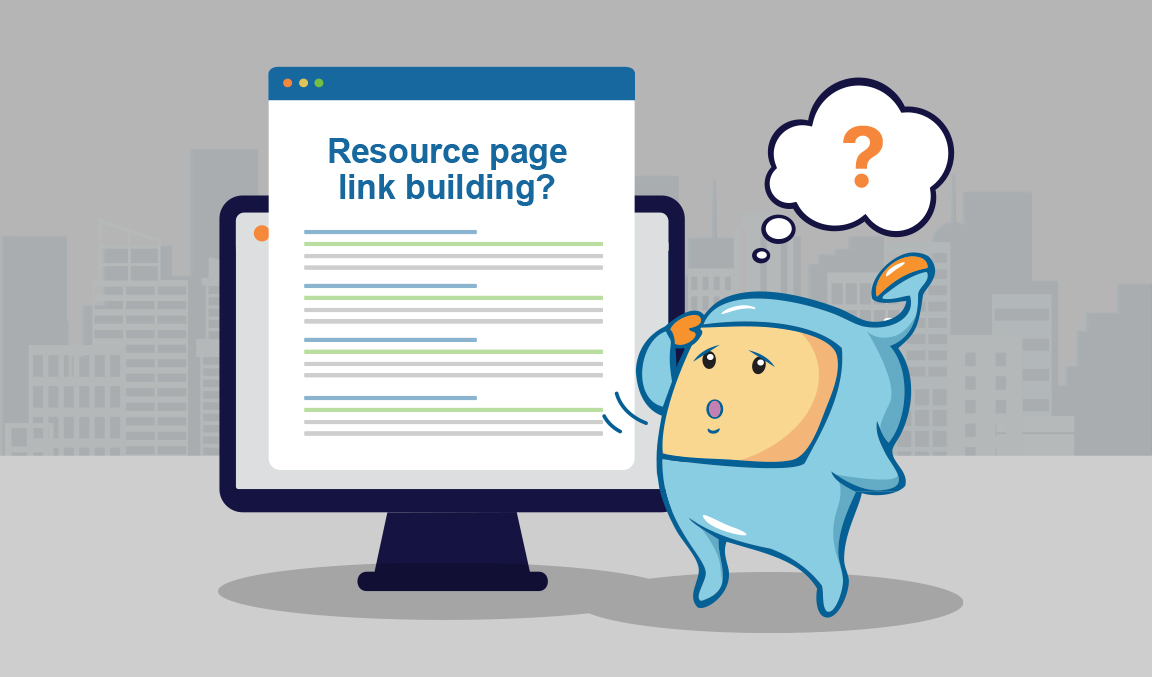
Resource page link building is simply gaining backlinks from pages that have a curated list of links to other websites.
This can be a list of resources where the site owner has gathered some information that was used in the content (citing the content as a source) or simply because the site owner thinks the sites are awesome and provides useful information.

Yes! In fact, resource page link building is one of the most popular link-building tactic and it has been around for quite some time.
It is the second most popular technique in the different types of link building methods, after content publication, guest posting, etc.
It is popular not only because it works; it is also scalable and is relatively easy to do.
Resource pages are valuable because they provide various valuable sources of information about a topic.
Its value is determined by the quality and quantity of the sites it is linking to.
In fact, creators of resource pages love to add more links to the page, as long as the content are useful, of course, as you are helping them improve the page by adding more useful resources for their readers/visitors.
In fact, some allow reaching out to them with suggestions of additional resources to add to their lists of links either through a submission form or through emailing them.
This means that you do not have to do much outreaching and convincing to get your link added to the page, unlike other link building techniques.
If your page has valuable information, they would be happy to add it to their resource page list.
It is a technique that is worth adding to your link building campaigns.
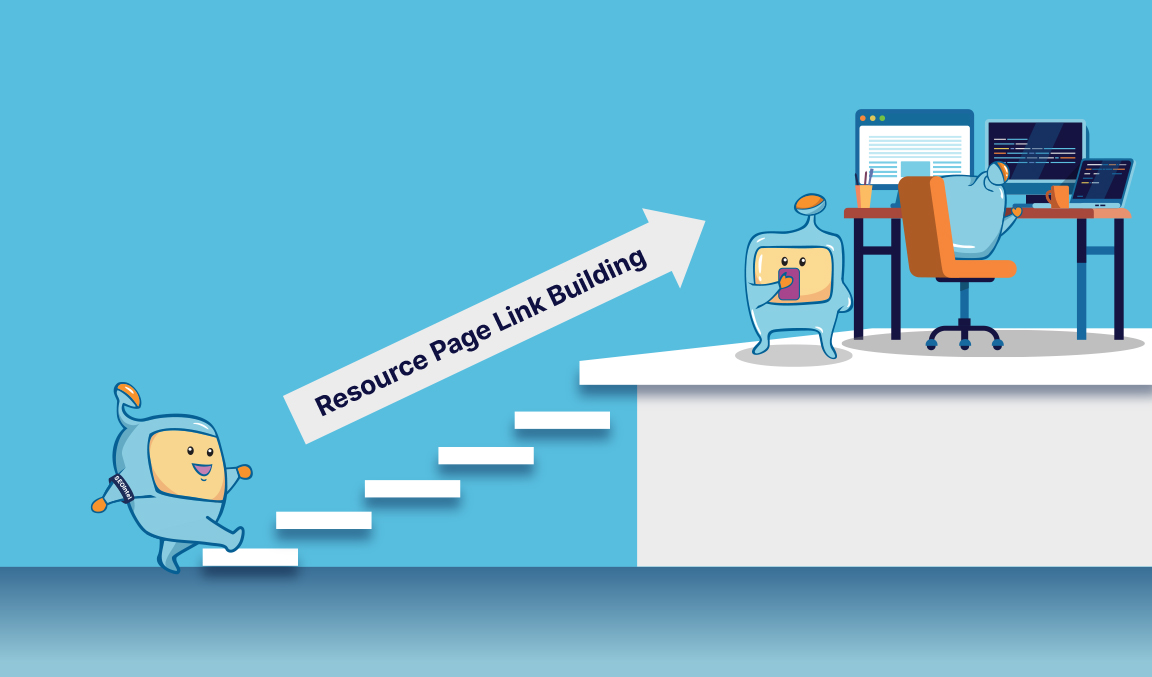
We’ve discussed the value of building links from resource pages and how easy it is compared to other link building opportunities.
Now, let us discuss step by step, how to get your links added to resource pages so that you can get started with adding it to your link building process.
First and foremost, make sure that your content is high-quality and provides value to readers.
To be able to gain links, not only through resource page link building, your content has to be link-worthy.
We’ve mentioned this so many times, create high-quality, valuable content and you are bound to gain links organically.
You do not have to break an arm and a leg just to gain links if you have good content that helps readers and provides them with what they need and what they are looking for.
This should be a priority in your content creation process as this not only helps you gain links, high quality content that are helpful and provides value to visitors has more chances of ranking in search.
Wondering how you can create such awesome content? Check out our link bait article for tips on how you can create a link-worthy piece of content.
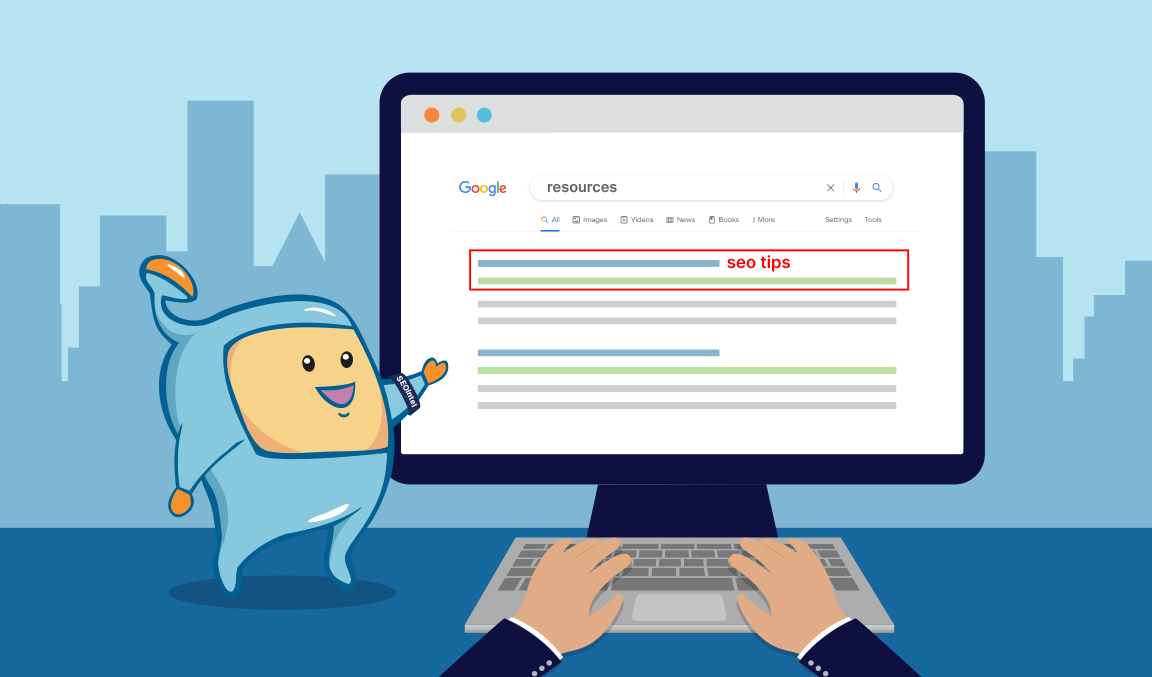
The most common way to find relevant resource pages is through doing a search using Google search operators.
They are advanced search modifiers that allows you to pull out more specific information from the search engine.
Here are some search operators that you could use.
All you would need to do is do a Google search and add your target keyword or topic, plus the search string in the search bar:
Take note to change “keyword or topic” to your keyword or topic. For example:
You can use different topics and keywords in the search queries when searching for a resource page that is relevant to your site or page.
Note though that it is best to keep your searches broad as too specific terms may not yield too much results.
There are some content creators that do not use the typical “resources” or “links”.
Try searching for them using your keyword or topic plus “best sites”, “best blogs”, “blog awards”, “places to learn” “informational source”, etc.
There are some type of content that are not entirely resource pages but provide resources or further reading at end of the blog or article, more of like a mini resource area.
These are also good resource page opportunities to have your link added to, just make sure your content is relevant to the article.
You can find these opportunities also through search operators.
Examples are:
You can go crazy choosing different variations of your search phrase when doing the keyword searches with the resource page search operators.
You are bound to find a lot of resource pages.
Make sure to list them all down.
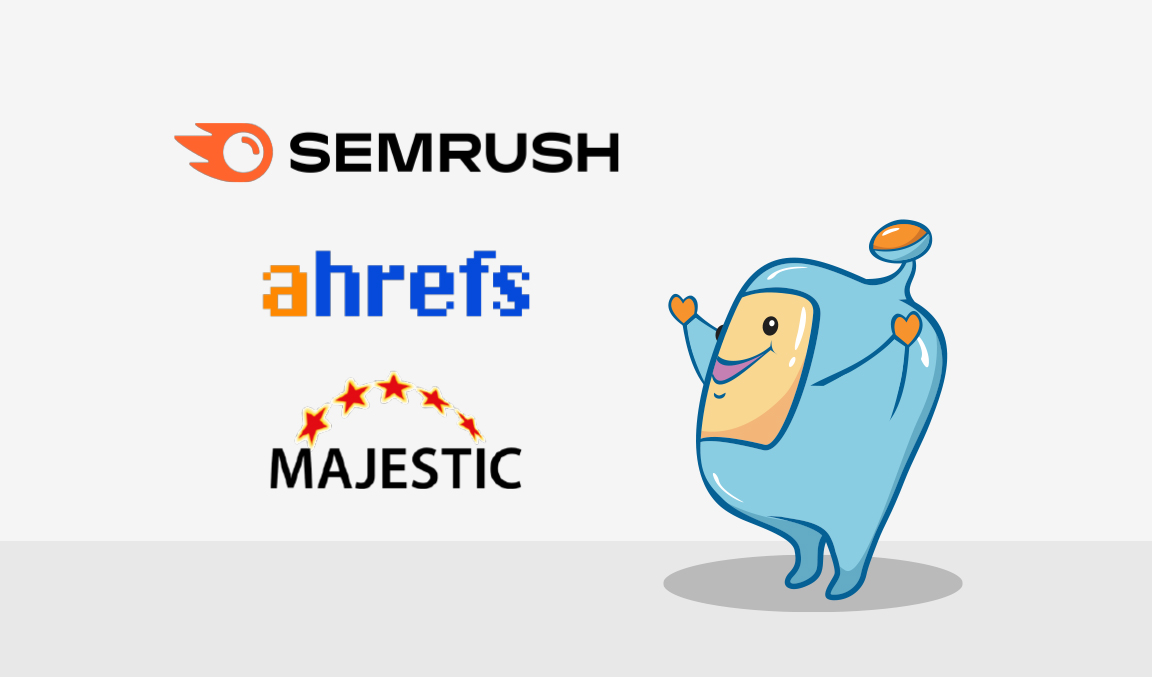
Reverse engineering your competitors' backlink profile through the use of SEO Tools is a good way to find relevant backlink sources, including resource pages.
Pop in your competitor’s site to SEO backlink tools such as SEMRush, Ahrefs, and Majestic, and look through their link profile - what pages they are getting their links from and what types of links they have.
Check for resource pages that you can get a link from also.
Since your competitors got a link from them, you also have a good chance of getting your site added to the page.
Looking for resource pages through a Google search and through reverse engineering competitor links is bound to have thousands of resource pages that you can have your link added to.
However, this does not mean that you can have your page listed down in all the resources you have gathered.
What if you end up finding thousands of pages? It is also highly likely that it is peppered with low-quality resources that are junk prospects.
This is where the vetting process comes in.
How do you choose resource pages to add to your prospect list?
Aside from relevance, I focus on metrics and if the page is updated.
Metrics because we want the best sites to link from that has authority that could pass on quality link juice.
Updated because it is a waste of time to contact site or pages which are not being updated anymore.
Sites not being updated means that the resource page owner has lost interest or do not have much time to update the site, what more add your link to it?
You can check the metrics of the site using SEO Tools such as Ahrefs SEO, SEMRush, or Majestic, whichever tool you prefer.
This could give you an idea of the domain authority (domain rating) and page authority of the site and show you if it the site could provide you with high-quality backlinks.
There are some resource pages that only link to authoritative websites that are .edu or .gov sites.
Some also just link to other pages of their site (internal linking) and not to external websites.
For such type of sites, it is best to take them off your list as they are bound not to link to your page and would just be a waste of your outreach efforts.
After vetting your resource page list, sort the list of resource pages based on priority pages at the top.
Now, you have a list of relevant websites that are authority sites, that you can start reaching out to.

The next part is reaching out to the site owners from your list of prospects and contacting them to suggest your page or site to be included in their resource page.
If your resource is relevant and adds value, then this would be the easy part of the whole process.
In your email outreach, make sure to reach out to the right person.
This would be the person responsible for the maintaining that page.
You can use the contact page or contact form in the site or the contact information added - whichever method of contact they have on their site.
For some sites, they add a submission form where you can suggest your page as a resource.
You can use this form, if available as this is likely their preferred method.
Some sites may require some digging.
In your outreach emails, always be open, friendly, and helpful.
If there are broken links on the page, go ahead and point them out.
Pointing out links that are dead links or not working provides them with additional value and they would be happier to add your link to the page, maybe even highlight it!
Also, make sure to provide the specific page or area of the page where your link should go to.
Some resource pages are divided into different sections.
Point out where exactly your link should be added.
This would make it easier for the person to add your link rather than them looking and figuring out where it should be.
Just a word of caution, there might be some resource pages that ask for money in exchange.
For this type of pages, it is best to avoid them.
Not only because money is involved but also because they probably do not vet out who they link to.
They are most probably also not authoritative sites and if they do have good metrics, they are bound to lose it eventually as they add more and more external links.
Resource page backlinks is a must in every SEOs’ link-building strategy.
It is easy and has a higher conversion rate compared to other link opportunities.
No wonder it is 2nd in the list of popular link-building methods.
Make use of it and gain high-quality links that are relevant to your site, without spending much, even not spending at all.
As always, make sure that your content is high-quality and relevant to the page, create helpful content and you are bound to get all those links coming in.
Looking for other link building methods to gain links to your site? Check out our building backlinks articles or maybe check out SEONitro for high-quality PBNs to help you with your link building efforts.
Also, check out our other SEO blogs for some SEO strategy that can help you with your search rankings.